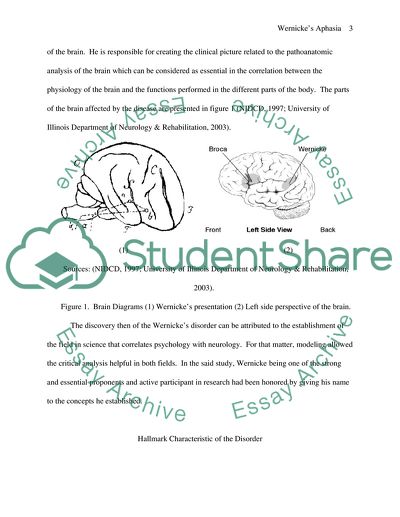Cite this document
(“Wernicke's aphasia Essay Example | Topics and Well Written Essays - 1500 words”, n.d.)
Wernicke's aphasia Essay Example | Topics and Well Written Essays - 1500 words. Retrieved from https://studentshare.org/miscellaneous/1549136-wernickes-aphasia
Wernicke's aphasia Essay Example | Topics and Well Written Essays - 1500 words. Retrieved from https://studentshare.org/miscellaneous/1549136-wernickes-aphasia
(Wernicke'S Aphasia Essay Example | Topics and Well Written Essays - 1500 Words)
Wernicke'S Aphasia Essay Example | Topics and Well Written Essays - 1500 Words. https://studentshare.org/miscellaneous/1549136-wernickes-aphasia.
Wernicke'S Aphasia Essay Example | Topics and Well Written Essays - 1500 Words. https://studentshare.org/miscellaneous/1549136-wernickes-aphasia.
“Wernicke'S Aphasia Essay Example | Topics and Well Written Essays - 1500 Words”, n.d. https://studentshare.org/miscellaneous/1549136-wernickes-aphasia.


